PREPARING FOR KURSK
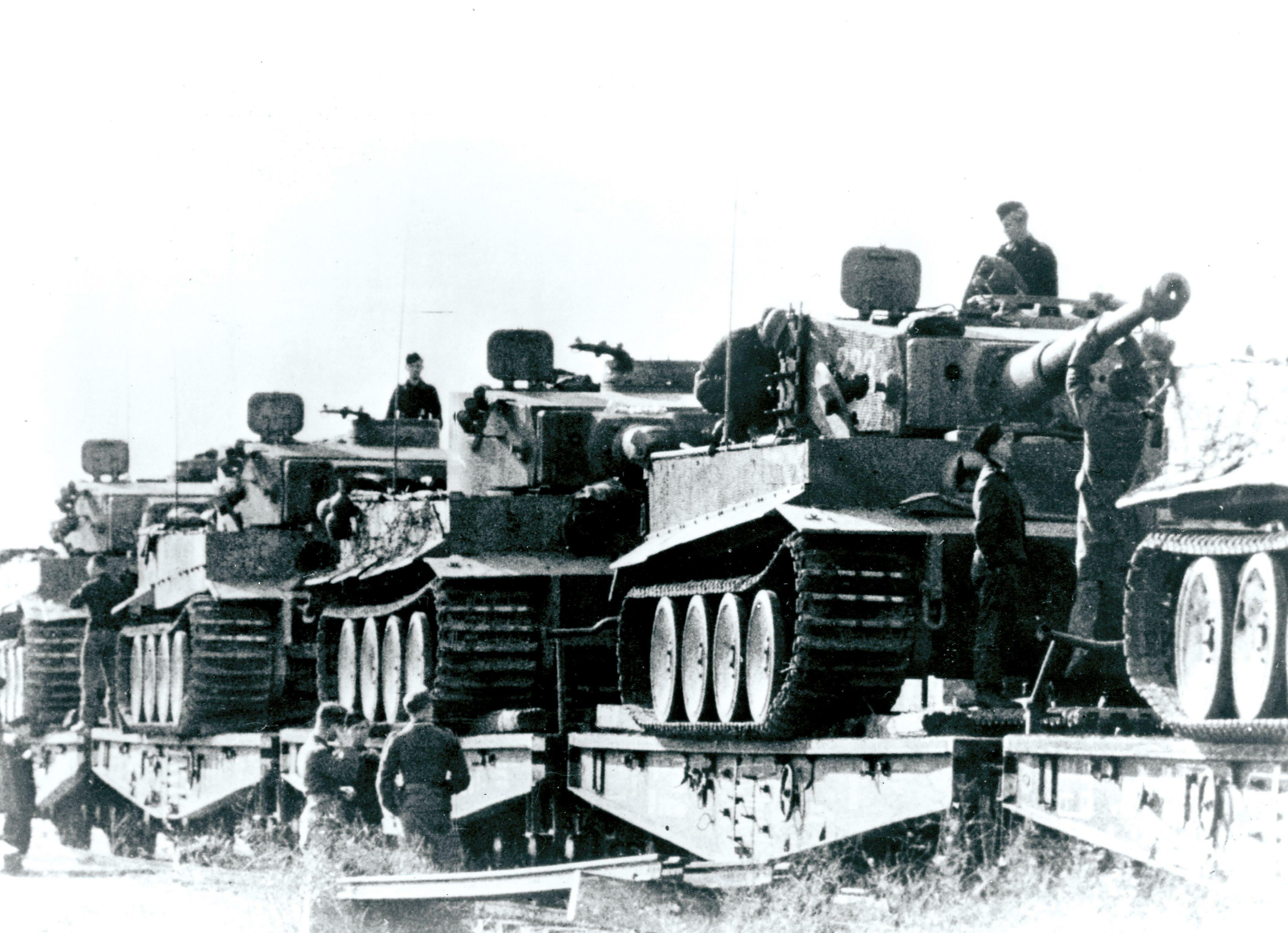
Fought during 5 July – 23 August 1943, the Battle of Kursk was the largest tank battle in history. Beginning with a German offensive called Operation Citadel, the battle would ultimately involve thousands of tanks and aircraft as well as millions of soldiers. Kursk became a famous Soviet victory that gave them the military initiative. From that point on, the Germans were only able to react in a limited way to Soviet advances and were never again able to launch a major offensive on the Eastern Front.
To understand why Kursk was such a large battle, it is important to understand the planning that took place beforehand. Speaking ahead of his new book The Panzers of Prokhorovka: The Myth of Hitler’s Greatest Armoured Defeat, Dr Ben Wheatley of the University of East Anglia discusses the intense preparations in the build up to the battle. He reveals the strength and weaknesses of German and Soviet armoured forces, Hitler’s personal involvement and the myth about British intelligence’s role in the Soviet victory.
What conditions were the German and Soviet armoured forces in on the Eastern Front by mid-1943?
The nadir of German armoured forces on the Eastern Front was reached in April 1943 (following the monumental battles of the previous winter – Stalingrad, etc) when the Germans could only call on a paltry 612 operational tanks on the entire Eastern Front. This was from a sparse pool of 1,336 tanks. By contrast, the Germans estimated they were still facing an enemy with over 6,000 tanks and assault guns at its disposal. Consequently, the Germans embarked on a major armoured rebuilding programme between April to July. However, it is often overlooked that so did the Soviets.
This story is from the {{IssueName}} edition of {{MagazineName}}.
Start your 7-day Magzter GOLD free trial to access thousands of curated premium stories, and 9,500+ magazines and newspapers.
Already a subscriber ? Sign In
This story is from the {{IssueName}} edition of {{MagazineName}}.
Start your 7-day Magzter GOLD free trial to access thousands of curated premium stories, and 9,500+ magazines and newspapers.
Already a subscriber? Sign In
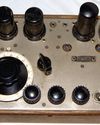
PARASET RESISTANCE RADIO
This set was concealed in a suitcase and parachuted to a resistance operative in Mons, Belgium
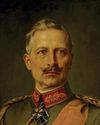
THE US HAD STAYED OUT OF THE GREAT WAR?
A prolonged conflict, a modified Treaty of Versailles and no League of Nations may have transpired without direct American involvement in WWI
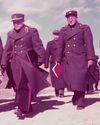
HOW TO END A WAR LESSONS FROM KOREA
It took two years of negotiations for an armistice to be signed between the UN, North Korea and China. Even then, an official peace has never truly broken out. Is this the bleak blueprint that may be followed today?
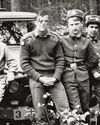
OVER THE WALL: A BRIXMIS INTELLIGENCE OFFICER BEHIND THE IRON CURTAIN
A COLD WAR INTELLIGENCE OPERATIVE PENS HIS CONTROVERSIAL MEMOIR
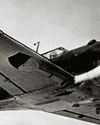
IRON AIRMEN HOW THE LUFTWAFFE PREPARED FOR THE BATTLE OF BRITAIN
Ruthlessly demanding recruitment and training forged a formidable Luftwaffe by 1940 – but as combat that year shows, insufficient foresight can humble even the deadliest of foes
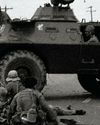
THE FALL OF SAIGON 50 YEARS LATER
Starved of American support, the Republic of Vietnam was swept away by an unstoppable invasion
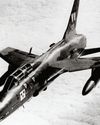
REPUBLICAN F-105 THUNDERCHIEF
The mighty ‘Thud’ was a mainstay of the air war over Vietnam
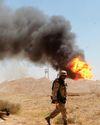
250 YEARS OF SERVICE
The USA's standing army maintains traditions and remains prepared for the defence of the country in the 21st century
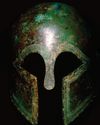
LECHAEUM
The Spartan hoplite was one of the most revered figures in ancient Greek warfare. But they met their match at Lechaeum, defeated by a force of lightly armed peltasts
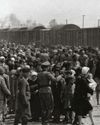
PLAYING FOR THEIR LIVES BIRKENAU'S WOMEN'S ORCHESTRA
Historian Anne Sebba reveals how dozens of female Jews and political prisoners were forced to perform for the Nazis, and their fellow inmates, in the shadow of a genocide
